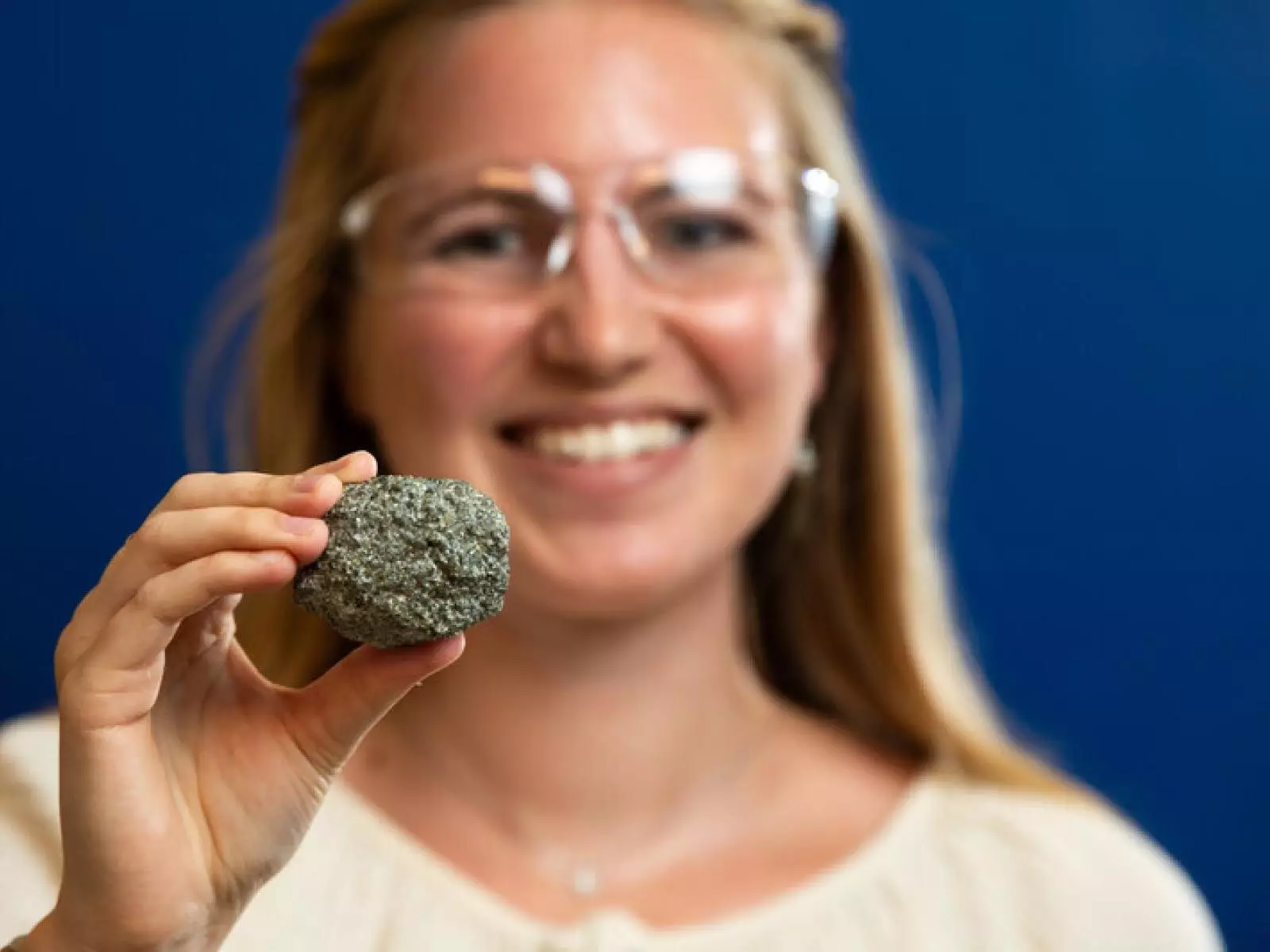In the ongoing battle against climate change, the spotlight often falls on ambitious renewable energy initiatives, electric vehicles, and international climate accords. However, a groundbreaking solution may be lying right beneath our feet, waiting to be harnessed. Researchers at the Pacific Northwest National Laboratory (PNNL) have made significant advancements in transforming carbon dioxide (CO2) into solid rock—a process known as carbon mineralization. This innovative method accelerates natural geological processes that would typically take thousands of years and condenses them into a matter of months. Significantly, it offers a tangible way to combat the staggering volumes of carbon emissions produced worldwide.
In a world where the United States emits over 6,300 million metric tons of CO2 annually, this innovative approach addresses one of the most pressing challenges of our time. However, merely having the technology is not enough; we must ensure that we can quantify, verify, and communicate that the captured carbon is indeed locked away permanently. Todd Schaef, the chief chemist leading this research, highlights this crucial step in transitioning from theory to practical implementation. The process requires collaboration across various sectors—government, industry, and research—to create the necessary frameworks for large-scale carbon mineralization.
Advancements in Measurement and Verification
The intricacies of measuring how much CO2 is successfully transformed into minerals are paramount, especially at the scale needed to make a significant impact. Intern Madeline Bartels has taken monumental strides in this area, developing techniques that quantify carbon mineral molecules down to astonishing levels—less than 100 parts per million. To put this into perspective, if we visualize it as placing a playing card on a football field, the precision required to measure such diminutive quantities is awe-inspiring.
Before Bartels’ work, researchers lacked the capability to accurately gauge these small concentrations. The method they relied on was akin to observing these playing cards from the bleachers, instead of standing on the field close enough to truly appreciate the intricacies. With Bartels’ research published in *Analytical Chemistry*, the capabilities of thermogravimetric analysis coupled with mass spectrometry (TGA-MS) have unlocked new opportunities for precise measurements of carbon mineralization.
From Insights to Action
While the potential for carbon mineralization is enormous, practical applications have thus far lagged behind the research breakthroughs. The Wallula Basalt Pilot Demonstration site proved proof of concept in 2013 when 977 metric tons of liquid CO2 were injected underground and later discovered to have transformed into solid minerals after 22 months. Yet, commercial endeavors remain stymied by regulatory challenges and the absence of tailored permits. The Department of Energy and other stakeholders are working diligently to establish the necessary infrastructure for a sustainable and secure approach to carbon storage.
Bartels’ research has highlighted the urgency and potential of moving beyond small-scale experiments. She has not only witnessed the ins and outs of this innovative research firsthand but has also made her mark as a first author on a paper that could prove pivotal for the industry. This process shows the importance of integrating early career researchers into critical scientific endeavors, as new perspectives can help accelerate the journey from research to real-world applications.
Future Prospects and Generational Impact
A significant concern is whether the current pace of research can keep up with the necessity for immediate climate solutions. As Schaef emphasizes, the commercial-scale application of carbon mineralization remains on the horizon. The involvement of students like Bartels illuminates an encouraging trend for the future of environmental science. With the urgency of climate action echoed in academic circles, there’s a provision that the next generation of scientists can nurture ideas that will address the challenges we face today.
Continuing her work at PNNL as she transitions into graduate studies, Bartels embodies the proactive approach needed to further carbon mineralization research. By fostering enthusiasm among ambitious students and early-career scientists, the initiative can cultivate a robust community committed to tackling climate change head-on. This collaborative spirit is crucial not only for innovating effective carbon capture techniques but for inspiring new avenues of thinking that might surprise us all.
The research conducted at PNNL, driven by passionate individuals and bolstered by technological advancements, posits a truly hopeful narrative for the future of carbon management. As we witness the integration of scientific discovery with tangible, actionable solutions, the horizon looks promising; it is one filled with potential, innovation, and opportunity for a cleaner, more sustainable future.

